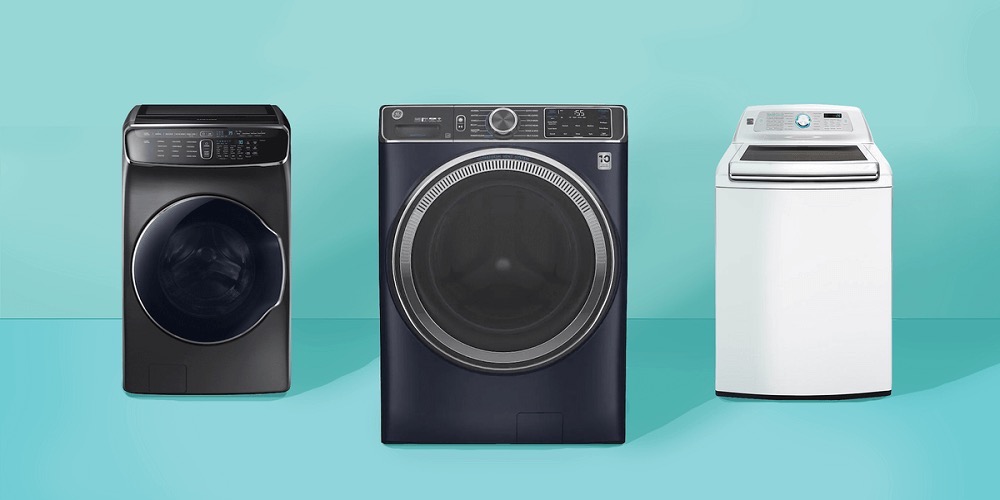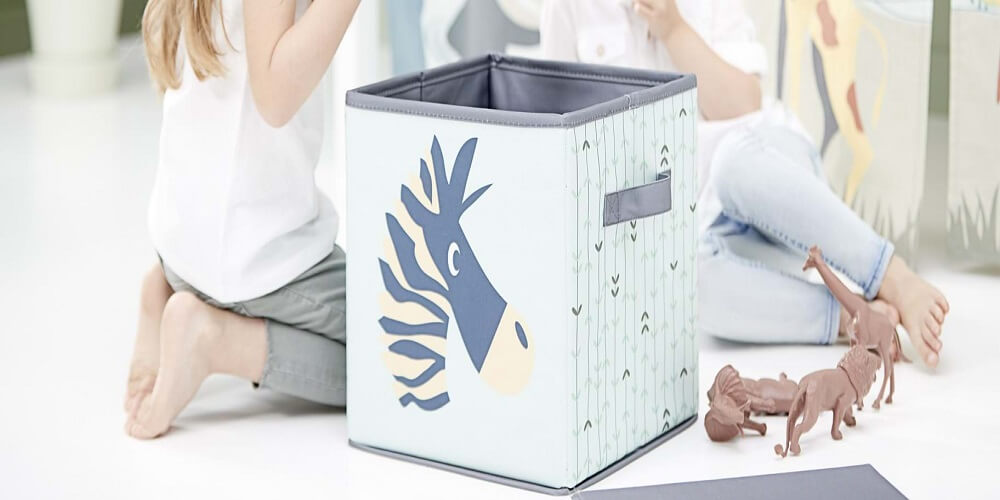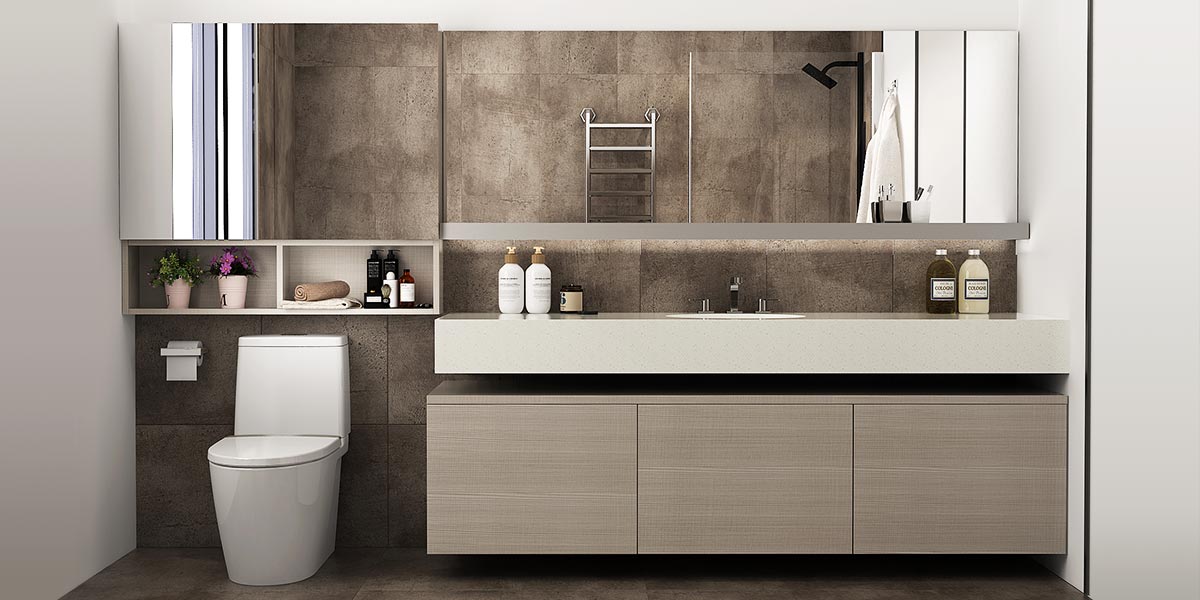A dollhouse is a toy in a small house containing miniature furniture and tiny dolls for kids to play with. They are common among children, but some adults enjoy collecting and crafting them. Many dollhouse (Maison de poupée) designs are ideal for kids of all ages.
Apart from entertaining them, a dollhouse helps develop them their fine motor skill and language ability as they play pretend. In this post, we look at the basics of a dollhouse.
There are many kinds of dollhouses ranging from plain simple ones to cartoon themed. They come in different colors, shapes, sizes, and materials.
a. Choosing a Dollhouse for Various Age Groups
All kids are different, and each age group has its unique needs. You are more likely to be concerned and pay more attention to younger children than older ones. Whichever dollhouse you pick must be fit for a child at that moment.
1. Toddlers
A bigger dollhouse with great accessories is ideal for this group. Their motor skills are still developing, and it’s easier to grasp big toys than tiny ones. It’s also safe for them since they can’t fit in their mouth.
2. The 3-6 Years Group
At this age, motor skills have fully developed, but it best to stick to bigger dolls and toys. Thus, select houses in colored shapes, especially bright colors. It should be one large piece for safety purposes.
3. The 7-11 Years Group
This age group can express their wants and wishes when it comes to particular things. They will want a specific dollhouse, may be themed, prefer a certain color and even toys. Always pay attention to their interests while selecting one for them.
4. 12 and Above
At this point, they are going into teenagehood, and the dollhouse is no longer a toy but a collectible. The children don’t spend much time in it, so choose one that can be a family heirloom.
b. Materials Used In Making Dollhouses
Plastic and wood are preferred for the house, but plastic is the most common. The plastic forms soft corners, which are child-friendly and minimize injuries caused by sharp edges. Cleaning is quick and easy, thus maintaining high levels of hygiene.
Wooden dollhouses are mostly placed outdoors and can withstand damages more than plastic. Different wood types are used, like plywood and MDF.
c. Importance of Dollhouses to Kids
Playing with dollhouses has great benefits for children. They develop skills such as fine motor skills, social life, physical and imaginative skills.
1. Develops creativity and Imagination
Engaging in pretend play helps broaden the kid’s imagination. They can develop scenarios that relate to their needs, using their life experiences as a blueprint.
2. Develop Fine Motor Skills
These skills are essential for doing activities that require precision, such as writing. Dressing the small dolls is not only good for motor development but also improves hand-eye coordination.
3. Fun Moments
A dollhouse keeps a child busy and provides hours of fun. A bored child can be very stubborn and less cooperative, and playing either alone or with someone creates interesting and lively moments.
4. Development of Social-Life Skills
Playing with a dollhouse improves a child’s language and vocabulary. They find ways to relate with other kids and develop their narrative thought.
Conclusion
Dollhouses are suitable for both kids and adults, but both groups use them differently. Getting your child one is a great idea to help them grow and have fun. Choose one that matches the kid’s needs and interests.









